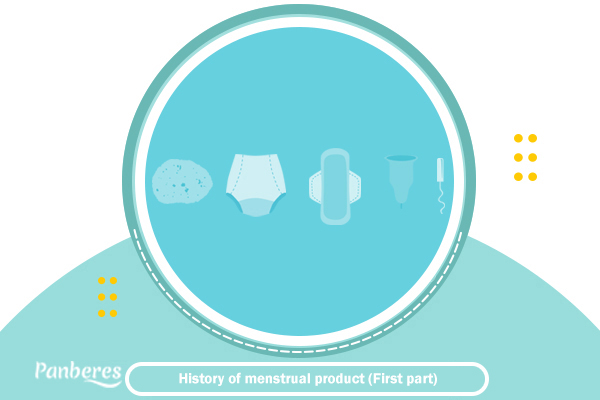
Menstrual products and their history: How did sanitary pads and other menstrual products created?
For most of human history, menstruation has been associated with taboos. Even, before 1985, the word “period” (to mean menstruation) had never been uttered on American television. However, these cultural norms did not stop technological innovation: the first disposable pads hit the market in 1896.
Today, menstrual products are a multi-billion dollar worldwide industry, with prime-time ads and countless products on the market.
How did we move from bandages and plant fibers to menstrual cups and modern tampons?
And as period technologies improve, what have they changed for the people who use them?
The 1800s to 1900: Turn of the century
In European and North American societies through most of the 1800s, homemade menstrual cloths made out of flannel or woven fabric were the norm–think “on the rag.”
By the turn of the century, concerns about bacterial growth from inadequate cleaning of reusable products between wears created a new menstrual “hygiene” market.
Between 1854 and 1915, twenty patents were taken out for menstrual products, including the first menstrual cups (generally made of aluminum or hard rubber), rubber pants, and Lister’s towels.

While products were marketed door-to-door by the 1870s, the first commercial products available for a mainstream audience came in the 1890s with the products appearing in catalogues.
Menstrual tools including a “Ladies Elastic Doily Belt” (a silk and elastic belt to which you’d attach a pad) and “Antiseptic and Absorbent Pad” were introduced at around the same time.
But while inventors were beginning to see the need for these products, moral taboos around menstruation meant consumers were still hesitant to be seen purchasing them. Case in point: the commercial failure of Lister Towels, the first disposal pad made of gauze and cotton, which first hit the market in 1896




